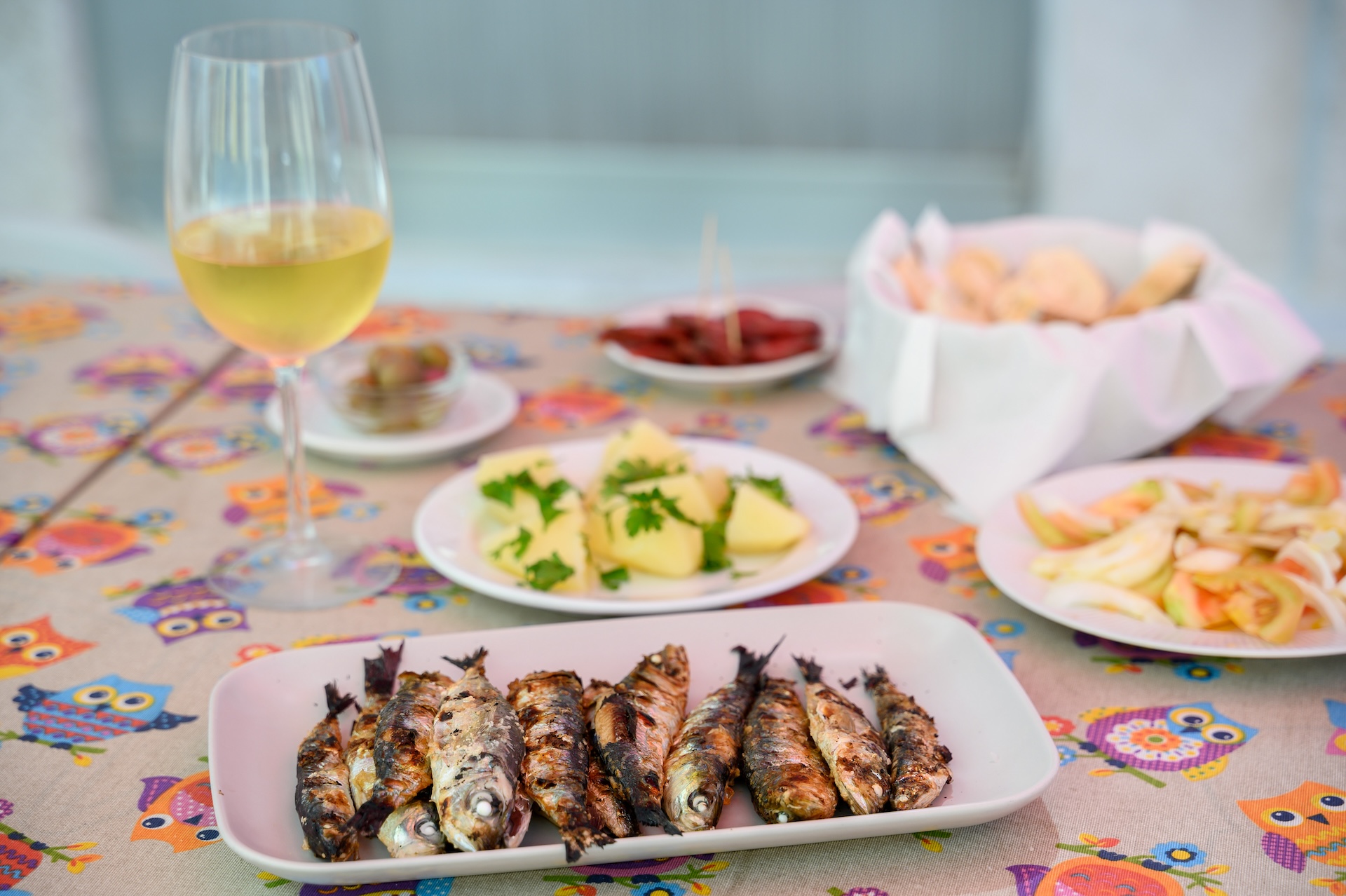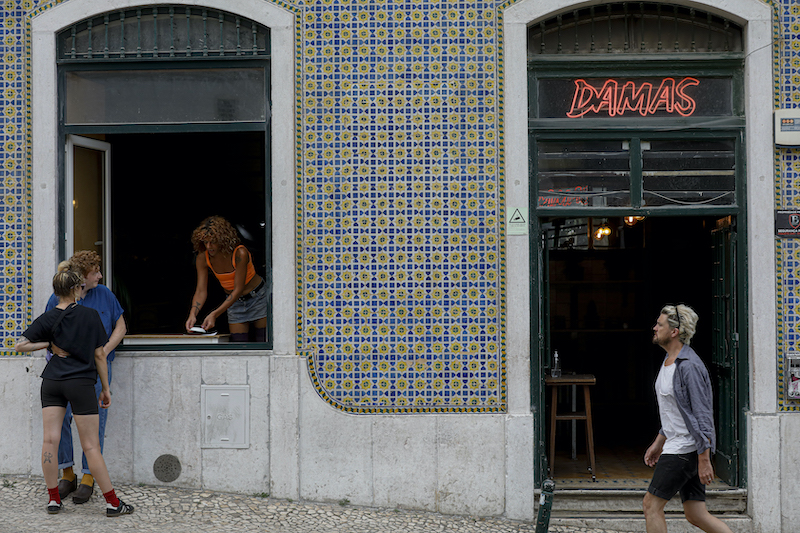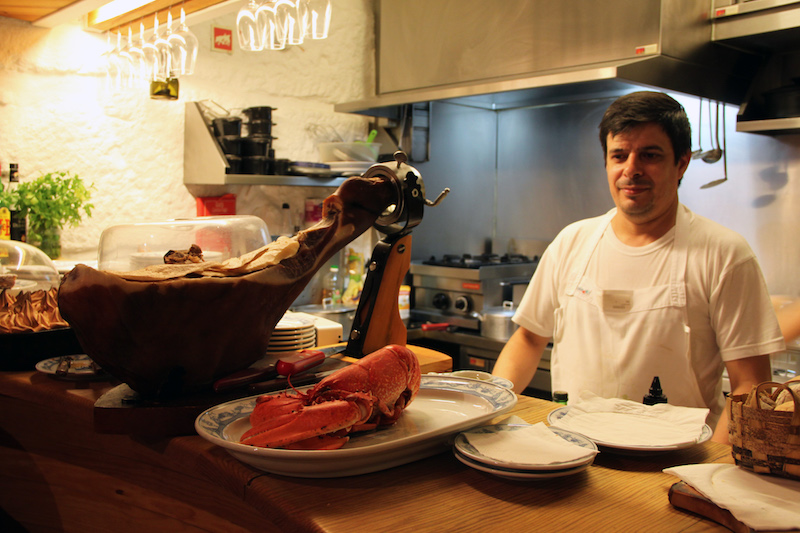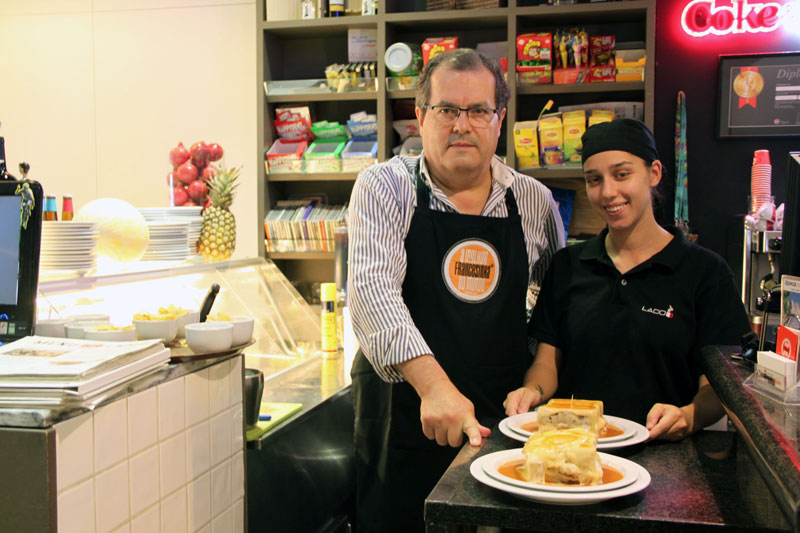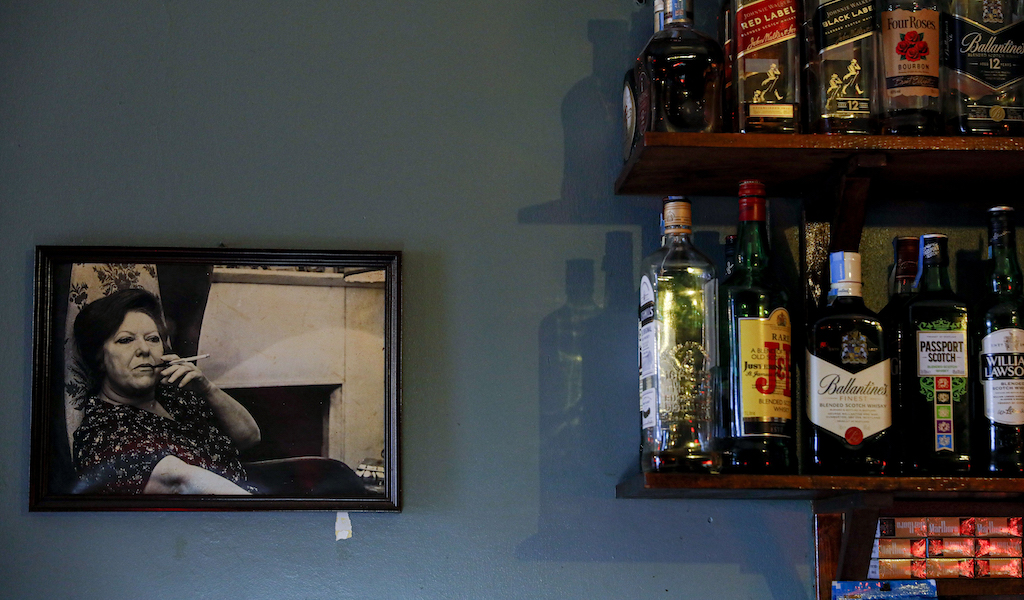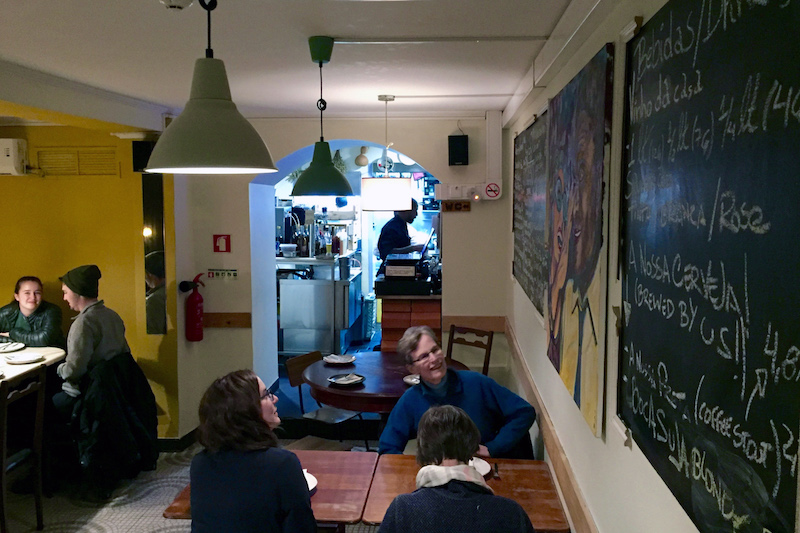We can't find the internet
Attempting to reconnect
Something went wrong!
Hang in there while we get back on track
Search results for "Francesca Savoldi and Syma Tariq"
Porto
Matosinhos: Song of the Sea
Matosinhos, a small city just north of Porto, is used to change. It has an industrial air to it, due to its 19th-century harbor, and its past prosperity was connected to the fish-canning sector, which peaked during World War II and declined from the beginning of the 70s. The numerous abandoned warehouses attracted nightlife during the 1990s, with clubs finding a fertile zone for noise. The completion of the long-delayed tidal pool, built by Portugal's starchitect, Alvaro Siza (who was born in the city), put it firmly on the map again after the project was delayed for decades. In January, the launch of the new, spiralling cruise ship terminal added to the contemporary design-y feel that has been developing on its otherwise rugged coastline.
Read moreLisbon
Damas: Funky Kitchen
At the end of Rua da Voz do Operário, the main road that leads up to the hilltop of the previously sleepy Graça neighborhood, is a new, hip Lisbon kitchen that is reflecting the city’s growing hunger for great food and a good time. Damas, as the name indicates, is run by two women who have both previously worked in some of the city’s well-known food institutions, including Chapito. The restaurant, bar and club has been popular pretty much since it launched in 2015, thanks to its combination of knowledgeable chefs, classic and not-so-classic dishes done well, and a regular music program that ranges from punk to afro-beats.
Read moreLisbon
Olá Kathmandu: Rei Momo
The road from Nepal to Portugal might be a long one, but in recent years it has become surprisingly well trafficked. Since 2006, the Nepalese presence in Portugal has grown by approximately 400%, concentrated in particular in the metropolitan area of Lisbon, part of an Asian community that in relative terms is the fastest growing in the city. A tight-knit community, the Nepali immigrants often find work through compatriot networks, providing each other with mutual support as they settle into life in Portugal. The food industry in particular is an important gateway into local economic life, with Nepalese-run restaurants, groceries and mini-markets now dotting the Portuguese capital.
Read morePorto
Taberna dos Mercadores: Porto in Miniature
Seating around only 20 people, Taberna dos Mercadores is a microcosmic reflection of contemporary Porto: a mixture of high-concept design and traditional food. From a design perspective, the focal point of the small yet comfortable dining room is the ceiling, where white metal supports create the outline of a false dome. Although sculptural in nature, the distinctive design is not merely ornamental but also practical: it doubles as a wine rack, cradling neatly stacked rows of bottles. Wine buffs will be satiated at the diverse but humble selection on offer here, which mainly originate from the Douro valley, the sumptuous growing region that extends from Porto along the Douro River all the way to the eastern border with Spain.
Read morePorto
Francesinha: Porto's Heart-Stopping Sandwich
A gloppy, meaty, cheesy brick served in a pool of sauce and with a mountain of fries: please meet the francesinha, the culinary pride and joy of the city of Porto. Today, restaurant billboards proclaim in many languages that they serve the best version in the world, revealing the genuine power of this artery-clogging combination that, incredibly, was originally conceived as a snack. We have to say it though: eating a francesinha is worth every last calorie. This dense sandwich, which is impossible to eat just with your hands, is often considered the lusophone version of the croque monsieur.
Read moreLisbon
Botequim: A Spirited History
Next to some wooden shelves overloaded with spirits, a photograph of Natália Correia hangs on the wall. The photo’s placement makes it appear as if Correia, cigarette in hand, is surveying the small room, which is crowded with semi-broken tables. The late poet and upstart co-founded this tiny bar/café a few decades ago, and her presence is still felt here and in the neighborhood more generally: A nearby street, with a spectacular view of the city, is also named after her. Botequím is one of Graça’s oldest bars, located on the ground floor of Vila Sousa, one of the worker apartment complexes built at the end of the 19th century.
Read moreLisbon
Taberna Sal Grosso: The Revivalists
On a steep, narrow curve that winds up from Santa Apolonia station, a growing group of people waits. Whatever the weather, a small crowd will always be there, ready for the low doors to open at 8 p.m. Taberna Sal Grosso, which seats around 25 people, has been holding its own, quietly, for five years. Now, a seat at this small spot is one of the most coveted in town. Sal Grosso’s modern takes on classic dishes are fun and inexpensive, particularly if you are not on a Portuguese salary. This tightly packed cubby was located in the right spot when the turistificação of the historic center hit and the intense surge in foodie footfall took over neighborhoods like Alfama.
Read more